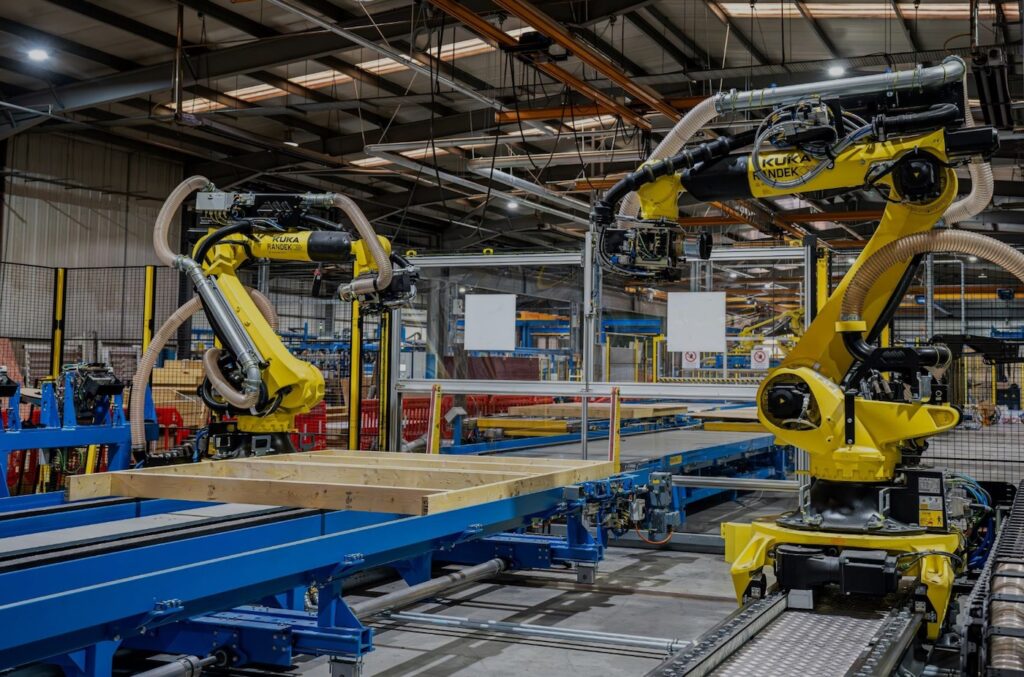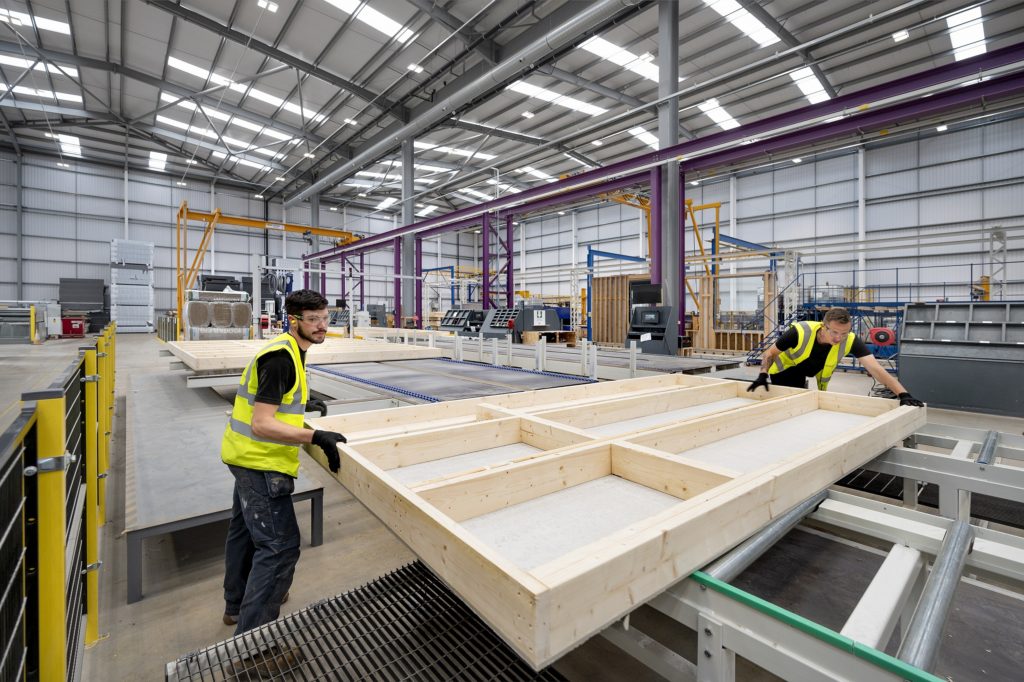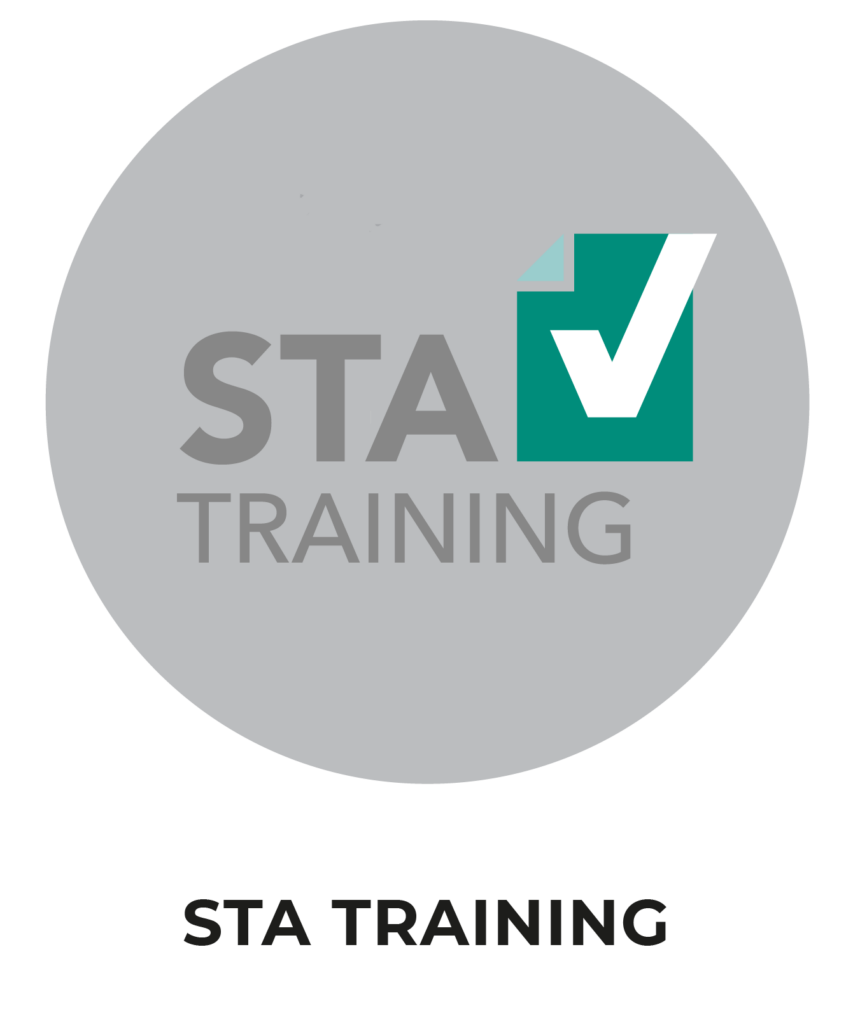
QUALIFICATIONS
Highlighting the different qualifications for those employed in the structural timber sector.
NVQ’s (National Vocational Qualifications) and SVQ’s (Scottish Vocational Qualifications) are based on National Occupational Standards (NOS) that have been developed by the industry.
These qualifications set out the skills and knowledge expected of individuals working within their chosen occupation. The standards are agreed by a cross-section of industry stakeholders, and they relate directly to the skills and knowledge a person needs when working towards the achievement of a vocational qualification, to demonstrate they are competent in a given area of work.

HOW do I achieve an NVQ or SVQ?
NVQ’s and SVQ’s are designed to test an individual’s ability in the workplace. To achieve one, you must demonstrate to your assessor that you can satisfy the assessment criteria and therefore achieve the learning outcomes within each qualification unit. To do this you must put forward evidence which clearly demonstrates your competence to your assessor. Candidates will undertake training and practice their skills and the following assessments are used to prove they are capable to conduct relevant work-related tasks:
- Portfolio assessment: where you record work activity and build a record of evidence for the work you have undertaken
- Workplace observation: where an assessor watches you work to ensure that you can competently carry out the required work tasks
Recommended qualification structures for wood occupations
To find out what qualification units are needed to achieve a qualification in timber frame erection, site carpentry or joinery click on the links below.
Wood Occupations Level 2
Wood Occupations Level 3
Experienced Worker
NVQ qualification
If you are an experienced worker and would like to gain a National Vocational qualification you can do so via On Site Assessment (OSAT).
The OSAT route allows experienced individuals to gain an NVQ whilst working on site and demonstrating to the assessor their competency and capability to perform safely and at the required standard in the workplace. It is a flexible route for individuals in the trades to gain the necessary qualifications to gain an industry recognised competency card (e.g. CSCS).
Assessment process
Your assessor will visit you between 2-4 times (in general) to collect evidence relating to the qualification you are working towards. Using methods such as observation and questioning/discussion they will collect what is needed to prove your competence at your chosen trade.
A third-party reference (witness testimony) can be used as another source of evidence stating the work you do on site and that you can work safely.
Videos and recorded discussions are sometimes used as they are a good way of collecting substantial evidence in both practical ability and level of understanding. Your assessor will work with you to plan the assessments and methods used considering your individual needs.
Timescale
The timescale between your initial registration and completion varies. However, 3-4 months is a realistic time although it can be longer or even shorter depending on ability and availability.
Is there any funding support available?
If you are CITB registered, there are grants available for the achievement of short duration qualifications. For further information on these grants click here www.citb.co.uk/levy-grants-and-funding/grants-and-funding/qualification-grants/short-qualification-grant/
Skills Hub
If you require further support or information, please email STA Skills and Training Manager on tony.batchelor@structuraltimber.co.uk






